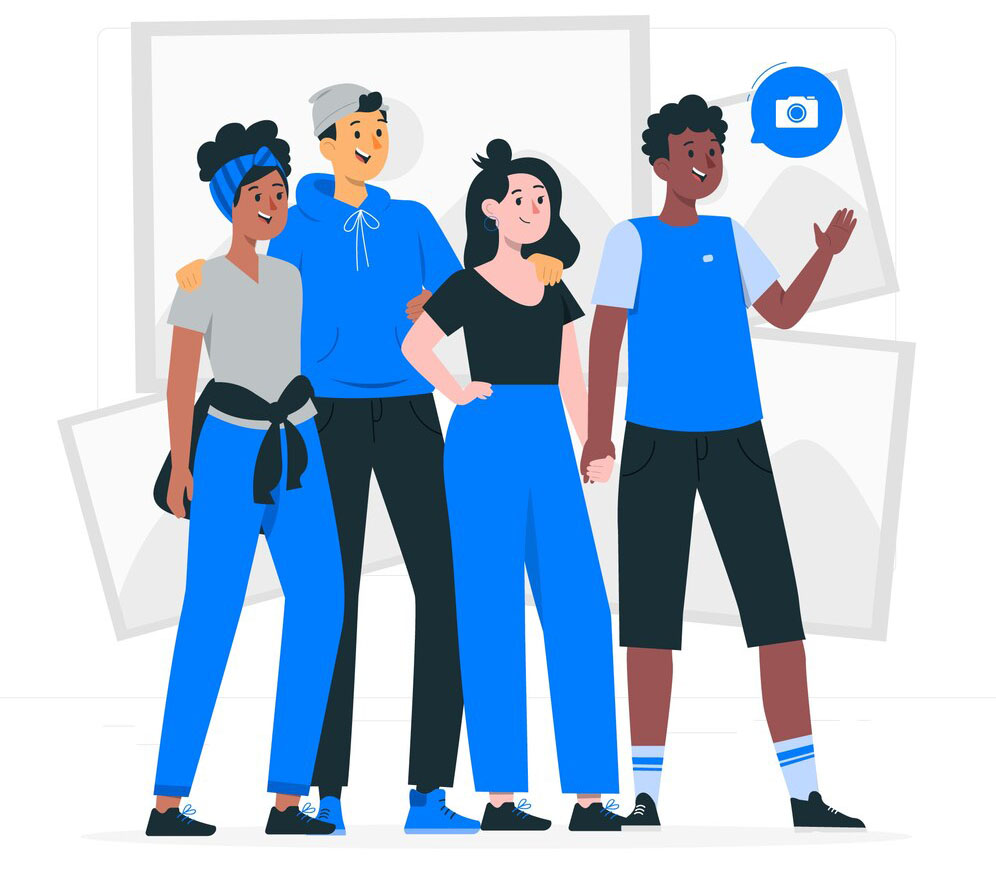
Millennials and Gen Z are often grouped as digital-native generations, having grown up with the internet, social media, and mobile technology as constants in their lives. Their comfort with digital spaces has shaped how they interact with brands, prioritize convenience, and value authenticity and personalization. These generations rely heavily on technology for information, shopping, and communication, making them a valuable audience for digital marketers.
Despite the prominence of social media and instant messaging, email marketing remains highly relevant for reaching Millennials and Gen Z. Email offers a personalized and direct channel allowing brands to share meaningful, tailored content without social media feeds’ noise and fleeting nature. Millennials and Gen Z frequently check their email, using it for work or school and for receiving updates, promotions, and content from brands they trust. For marketers, email provides a unique, permission-based opportunity to reach younger audiences on their terms. Email Engagement Pros is here to help you create emails that resonate with these generations.
Understanding Millennials and Gen Z
Millennials and Gen Z share a digital-first outlook, yet their values, habits, and purchasing behaviors diverge in notable ways, influencing how they engage with brands and respond to marketing.
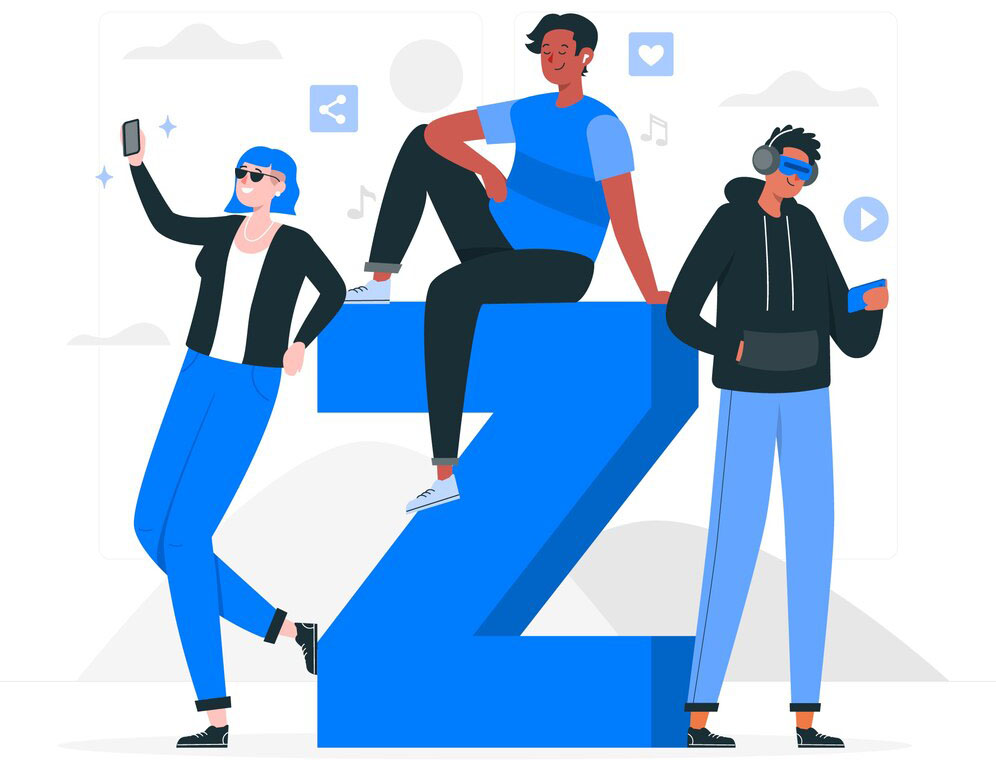
Millennials
Millennials (born 1981-1996) are generally email-savvy, often using email as a key communication tool for work, shopping, and personal updates. Known for brand loyalty, Millennials are more inclined to engage with brands that align with their values, seeking quality and reliability. They are value-driven shoppers, often prioritizing long-term product investment over impulsive purchases. Millennials also tend to research brands before committing, and they are drawn to educational or valuable content. They prefer a personalized email experience, making email an effective channel for connecting with this generation.
Gen Z
On the other hand, Gen Z (born 1997-2012) is mobile-first and heavily influenced by social media. Raised in the age of instant access, they prioritize speed and efficiency, often valuing authentic, fast, and visually appealing content. For Gen Z, brand authenticity and social responsibility will likely cause them to engage with brands that support causes they believe in. They appreciate unique and interactive experiences, and making creative, engaging emails is the best strategy for resonating with them.
Understanding these distinct traits is essential for effective email marketing. For Millennials, a focus on value, loyalty rewards, and educational content can build trust and engagement. For Gen Z, mobile-optimized, socially aware, and visually dynamic emails are more likely to capture attention. Tailoring email marketing strategies to each generation’s preferences fosters stronger connections, loyalty, and positive brand perception.
Creating Content that Resonates with Younger Audiences
To effectively engage Millennials and Gen Z through email, brands must create personal, purposeful, and approachable content. These younger audiences seek authentic, meaningful interactions with brands and respond best to emails that reflect their interests and values.

Personalized Content
Personalization is key to capturing the attention of Millennials and Gen Z. By using data on past interactions, purchases, or browsing behavior. Brands can craft emails that feel uniquely tailored to each recipient. This can include personalized recommendations based on previous purchases, exclusive offers on frequently browsed products, or even unique product suggestions. When an email highlights a recipient’s favorite product category or suggests items similar to their previous interest, it creates a sense of individual attention that boosts engagement. Personalization at this level can make recipients feel seen and valued, which helps build a stronger connection and increases the likelihood of action.
Visual and Interactive Elements
Millennials and Gen Z respond well to visually engaging and interactive content. Eye-catching visuals like GIFs, videos, or infographics bring emails to life, immediately capturing attention. Adding interactive elements such as polls, quizzes, or swipeable carousels encourages recipients to actively participate rather than passively read, making the email experience more enjoyable. Interactive content boosts engagement and makes emails memorable, creating a positive impression that can lead to higher open rates for future campaigns. For example, a quiz that helps users find their perfect product match can be informative and entertaining, making recipients feel involved with the brand.
Value-Driven Messaging
Millennials and Gen Z place a high value on brands that reflect their beliefs and values. Highlighting initiatives around social issues, sustainability, or community involvement establishes brand credibility and fosters deeper loyalty. These audiences are likelier to engage with and support brands that actively contribute to causes they care about. By showcasing their impact—whether through a brief story, statistics, or visuals—brands can resonate powerfully with these generations. For instance, an email that shares the brand’s efforts in reducing plastic waste or supporting local communities can spark an emotional connection, making the brand feel relatable and genuine.
Concise and Conversational Language
To keep younger audiences engaged, emails should adopt a friendly, relatable tone that feels genuine rather than overtly sales-focused. Millennials and Gen Z have shorter attention spans and often prefer communication that gets straight to the point. Using concise, conversational language helps brands appear more accessible and avoids overwhelming readers with unnecessary details. This relaxed style makes the email feel like a personal conversation rather than a sales pitch, encouraging readers to engage without feeling pressured. For example, simple, approachable language in subject lines and body text can increase open rates and ensure readers remain engaged throughout the email.
By integrating these elements: personalized content, visually engaging features, value-driven messaging, and conversational language, brands can create email experiences that feel tailored, relevant, and meaningful. This approach captures the interest of Millennials and Gen Z and builds long-term engagement and loyalty.
Optimizing for Mobile and Easy Accessibility
Creating mobile-friendly emails is very important when targeting Millennials and Gen Z, who primarily interact with content on their phones. A responsive layout ensures emails look good on any screen size, automatically adjusting to maintain readability. Clear calls-to-action (CTAs) make it easy for users to know where to click, while short paragraphs keep content digestible, ideal for those quickly skimming on mobile devices.

To make emails accessible, specific design considerations help reach a broader audience and improve user experience. Adding alt text to images ensures that recipients using screen readers can still understand visual content, enhancing inclusivity. Use readable fonts that are clear and large enough to prevent eye strain, and choose contrasting colors to improve readability for all users, including those with visual impairments.
With shorter attention spans, fast-loading, easy-to-navigate emails are essential. Heavy graphics or complex designs can slow load times, causing recipients to exit before viewing. Keeping emails streamlined with optimized images and minimal load times improves engagement and leaves a positive impression. Making these design choices helps brands create an accessible, user-friendly experience that captures and retains the attention of younger, mobile-first audiences.
Leveraging Social Proof and User-Generated Content
Authenticity is a top priority for Millennials and Gen Z, who value genuine connections with trustworthy brands. These generations are highly discerning, often skeptical of overtly promotional content, and gravitate toward brands that show transparency and integrity. Presenting authentic, relatable content for email marketing is crucial to building lasting relationships and engagement.
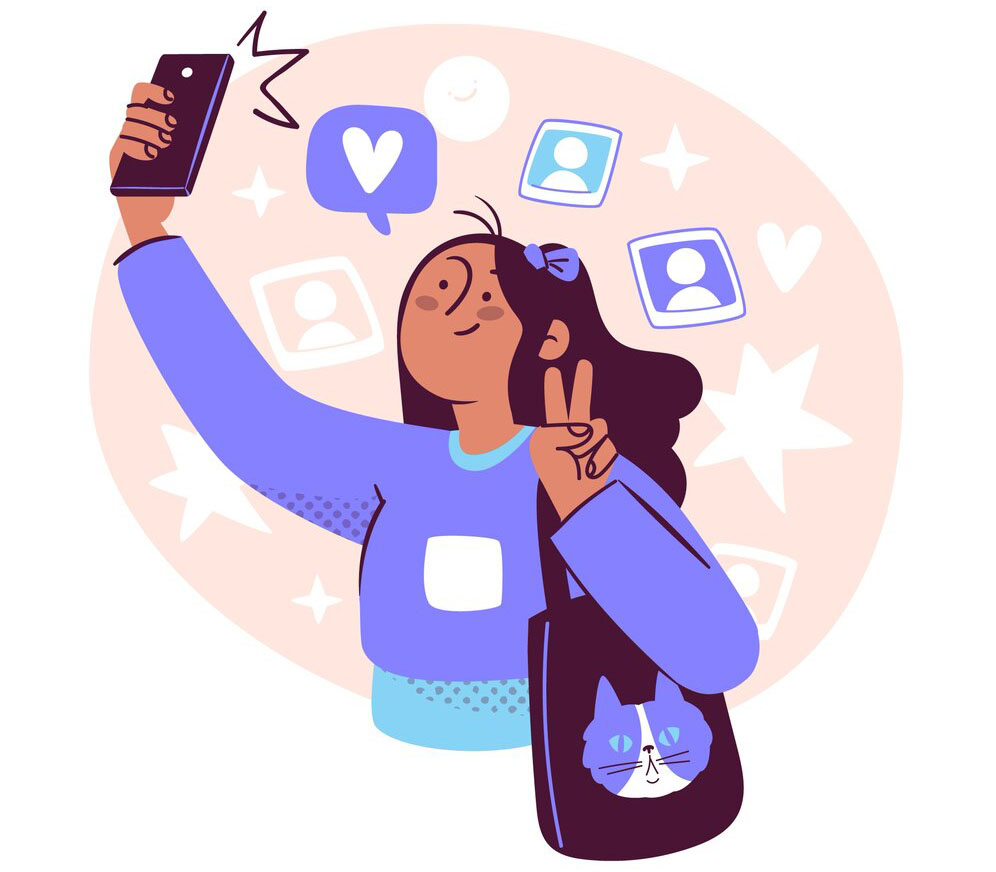
Incorporating reviews, testimonials, and user-generated content (UGC) into emails can boost credibility and foster trust. By showcasing real customers’ experiences and feedback, brands create social proof, demonstrating that others have positively interacted with their products or services. This kind of authenticity reassures younger audiences, making them more likely to engage or make a purchase.
Brands like Glossier and Airbnb excel in using UGC in their email campaigns. Glossier frequently includes customer photos and testimonials, making their emails feel like recommendations from peers rather than direct ads. Airbnb shares user stories and travel photos from real guests, bringing their services to life in an engaging, relatable way. These brands effectively harness UGC to create authentic connections, positioning themselves as trusted, community-oriented brands. Integrating social proof in emails like this fosters a sense of community and builds credibility, two factors highly valued by Millennials and Gen Z.
Using Automation and Segmentation for Targeted Campaigns
Segmenting audiences is essential for creating relevant and personalized email experiences, particularly for Millennials and Gen Z. By dividing audiences based on demographics, behavior, and interests, brands can tailor their messages to align more closely with each group’s unique preferences and needs. For instance, age and location can inform the tone and timing of messages, while previous purchases or browsing behavior can help suggest relevant products. Interests allow brands to go deeper, sending content that reflects each subscriber’s hobbies, tastes, or lifestyle.
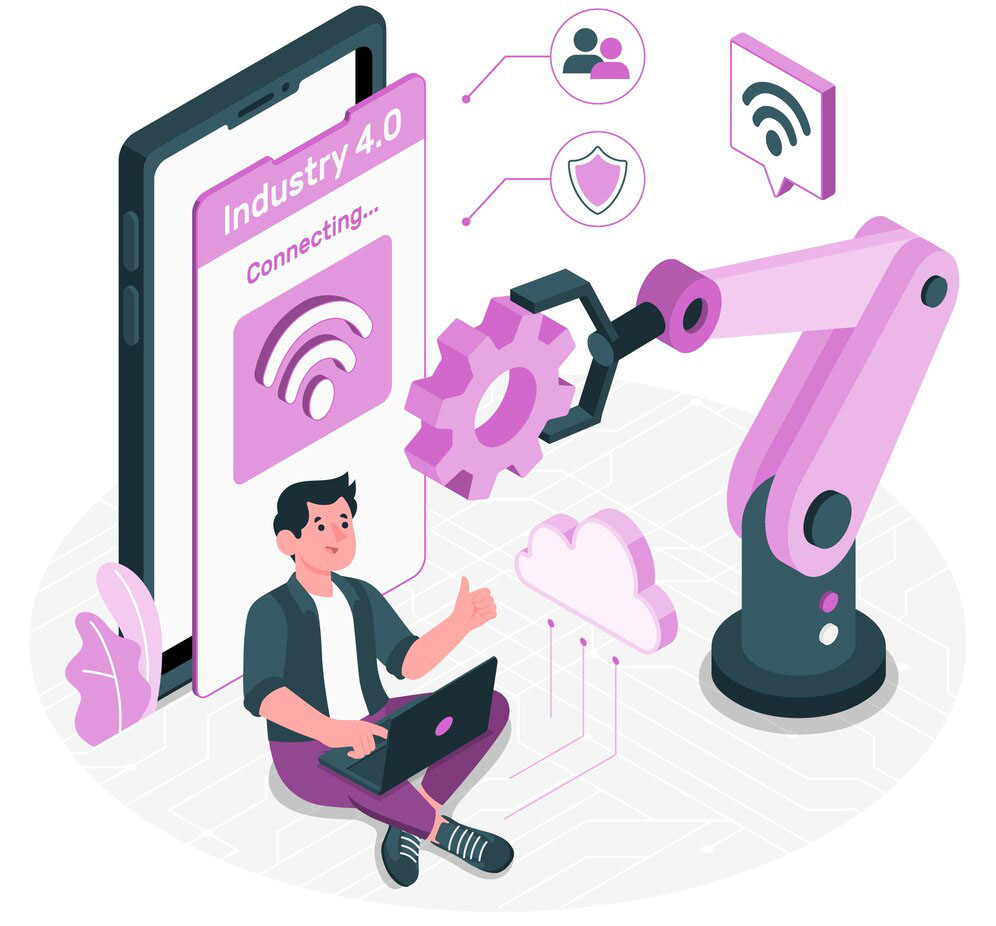
Automated workflows catering to various stages of the customer journey further enhance engagement. A welcome sequence introduces new subscribers to the brand and builds a foundation for future interactions, while personalized birthday offers make customers feel valued and encourage loyalty. Other workflows, like post-purchase thank-yous or re-engagement emails, keep customers connected to the brand, meeting them with timely, relevant content at every stage.
By segmenting audiences and utilizing targeted workflows, brands make emails feel more personally relevant to each recipient. Rather than receiving generalized content, subscribers receive messages that resonate with their specific interests and needs. This sense of personalization increases engagement rates, as recipients are more likely to open, click, and respond to content that feels designed just for them.
Incorporating Interactive and Engaging Elements
Including elements like polls, quizzes, and countdowns in emails effectively captures the attention of Millennials and Gen Z, who enjoy interactive, engaging content. Polls and quizzes encourage subscribers to actively participate, providing quick, personalized insights that create a fun experience. Countdown timers add urgency, which can drive engagement around limited-time offers or events, prompting recipients to act quickly.
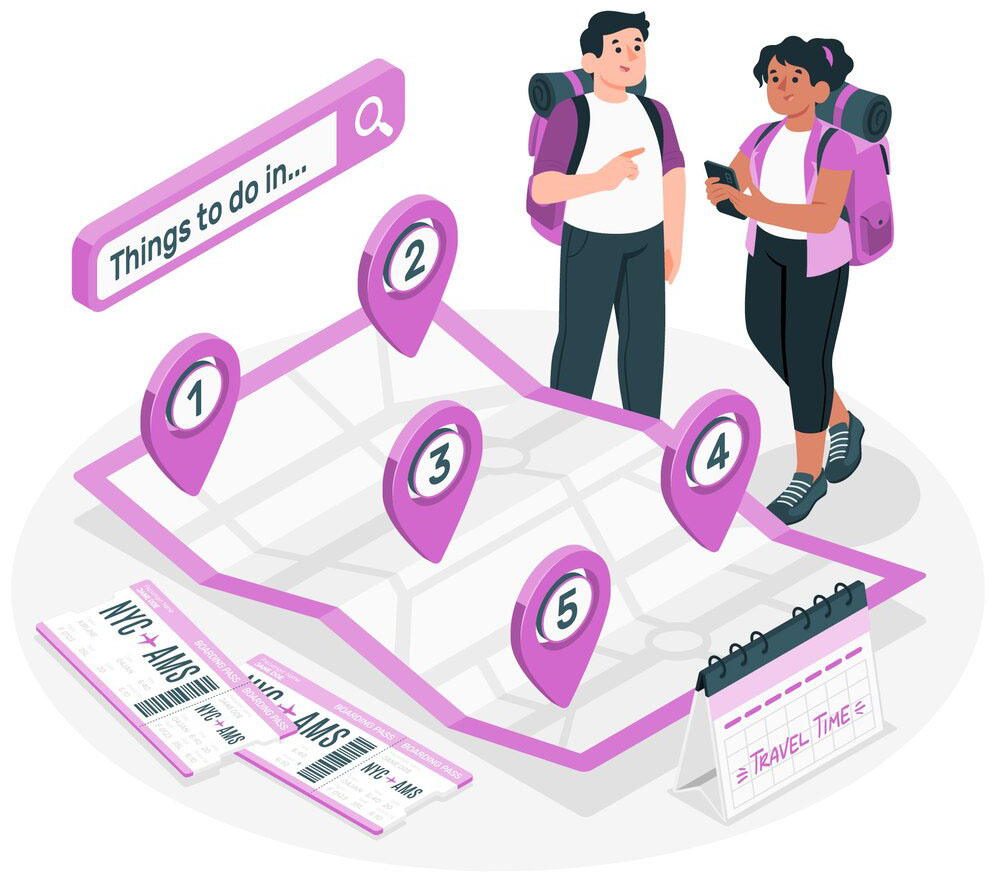
Creating engaging experiences, like “choose your own adventure” emails, takes interaction to the next level. These emails allow recipients to choose within the email, leading to customized content paths for each user. For instance, a fashion brand might invite subscribers to select their style preferences, directing them to personalized clothing recommendations. These emails create a dynamic, immersive experience that feels fresh and entertaining.
Interactive content not only boosts engagement but also makes emails more memorable. Users who actively participate feel more connected to the brand and are likely to recall the experience positively. This level of engagement helps build brand loyalty and increases the likelihood of future interactions, as subscribers associate the brand with enjoyable, unique experiences beyond typical promotional emails.
The Importance of Timing and Frequency
Striking the right balance in email frequency keeps Millennials and Gen Z engaged without causing email fatigue, which can lead to unsubscribes and lower engagement. By optimizing send frequency, brands can maintain a regular presence in their audiences’ inboxes without overwhelming them. Finding this balance often requires experimenting to identify how many emails per week or month resonate well with the target audience.

Testing send times is another way to maximize engagement, as Millennials and Gen Z often have unique digital habits and peak browsing times. For instance, younger generations may check emails in the morning or during lunch breaks. By testing various send times, brands can discover the hours when their audience is most active and likely to engage, allowing them to reach recipients when attention is highest.
To stay consistent without overloading inboxes, brands should focus on quality over quantity. Each email should have a clear purpose, whether sharing valuable content, offering special promotions, or providing relevant updates. Segmenting audiences and setting up automated workflows also helps, as subscribers receive timely and relevant messages rather than receiving every campaign. By keeping emails purposeful and timed to align with recipient habits, brands can maintain consistent engagement without risking overload.
Start Sending Your Emails
Connecting with Millennials and Gen Z through email is essential for Email Engagement Pros, as these younger audiences respond best to a mix of personalization, authenticity, and interactive content. Key strategies include segmenting audiences by demographics and interests, incorporating engaging elements like polls, quizzes, and countdowns, and designing mobile-friendly, visually compelling emails. Focusing on value-driven messaging and using social proof—such as user-generated content and testimonials—helps build trust, while balancing email frequency prevents fatigue and keeps engagement strong. These approaches ensure that emails resonate, making them both relevant and memorable.

Email Engagement Pros encourages brands to stay adaptable and experiment with new approaches. Testing elements like send times, content types, and interactive workflows can reveal insights that optimize email engagement with younger generations. If you need help getting these emails started, contact one of our pros.